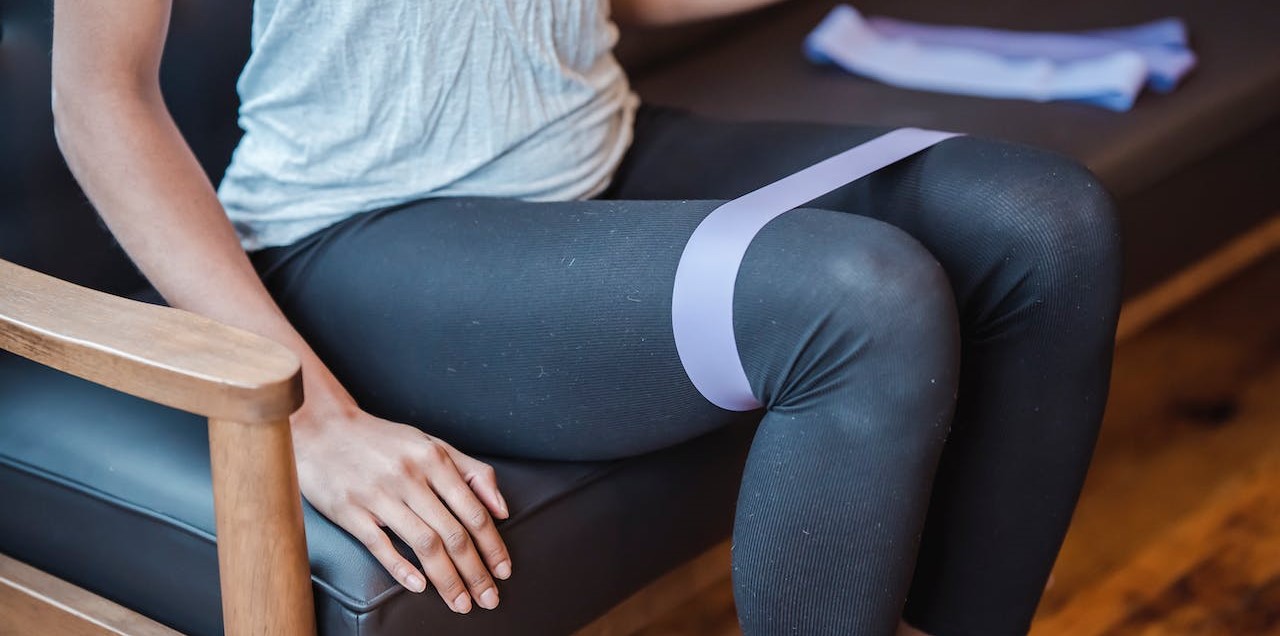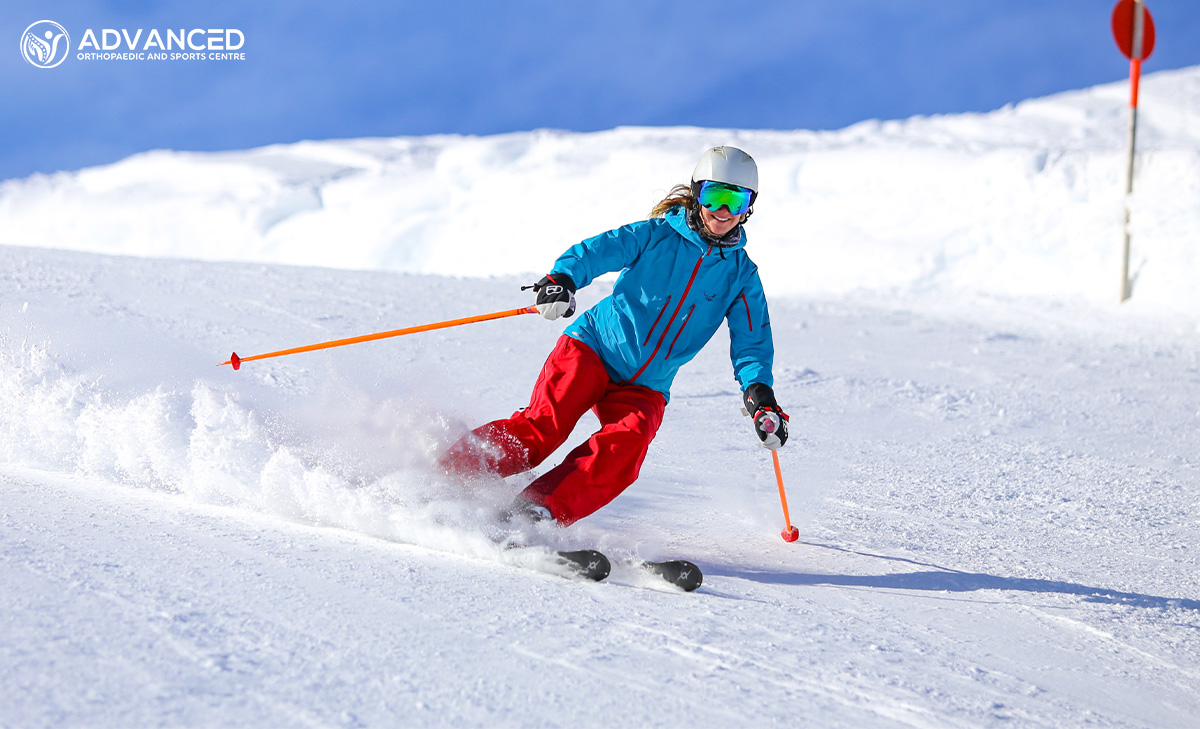What is ACL Surgery?
Anterior Cruciate Ligament (ACL) surgery is a common procedure aimed at repairing or reconstructing the ACL in the knee that stabilises joint movements. The ACL provides stability to the knee, and its injury can lead to knee instability, making activities such as running, jumping, and even walking difficult. ACL surgery involves replacing the torn ligament with a graft, restoring knee stability and enabling patients to return to their pre-injury levels of activity without the risk of further injury.
The Recovery Timeline After ACL Surgery
Immediate Post-Op Recovery (0-2 Weeks)
In the initial two weeks following ACL surgery, patients will experience swelling and pain around the knee area. Management strategies include:
Rest and Immobilization
The knee is often immobilized using a brace to protect the graft and limit movement, reducing the risk of injury to the surgical site.
Ice and Elevation
Applying ice and elevating the leg can help reduce swelling and manage pain.
Pain Management
Pain is managed through prescribed medications, which may include analgesics and anti-inflammatory drugs.
Physical Therapy
Early initiation of physical therapy that focuses on gentle exercises can improve circulation, reduce swelling, and begin the process of regaining mobility and strength in the knee.
Short-Term Recovery Phase (2-6 Weeks)
This phase focuses on gradually increasing knee mobility and strength while continuing to protect the surgical site. Key aspects include:
Gradual Increase in Physical Activity
Patients start with light exercises and gradually increase the intensity under the guidance of an orthopaedic surgeon.
Weight-Bearing as Tolerated
Transitioning from non-weight-bearing to partial and then to full weight-bearing, as recommended by the orthopaedic surgeon, marks a significant phase in the recovery process.
Knee Brace Use
The use of a knee brace may continue to provide support and stability as the patient becomes more active.
Long-Term Recovery and Rehabilitation (6 Months to 1 Year)
Long-term recovery is aimed at fully restoring knee function and returning to pre-injury activity levels. This involves:
Advanced Physical Therapy
Therapy becomes more rigorous, focusing on strengthening the muscles around the knee, improving flexibility, and enhancing proprioception.
Gradual Return to Sports
Patients can slowly start to engage in more strenuous activities and sports, following a structured plan to avoid re-injury.
Continuous Monitoring
Regular follow-ups with an orthopaedic surgeon are essential to monitor the progress and make adjustments to the rehabilitation plan as necessary.
Factors Influencing Recovery Time
The recovery timeline following ACL surgery can vary significantly among individuals due to several factors:
Type of Graft Used
Autografts, which are harvested from the patient’s patellar tendon, hamstring, or quadriceps, can integrate quickly into the body but require recovery at the extraction site. Allografts, sourced from a donor, potentially shorten surgery duration and may cause less post-operative discomfort, though their integration into the body’s biological environment could be slower.
Age and Physical Health
Younger, physically active individuals may experience quicker recovery times due to better overall health and muscle condition. Older patients or those with comorbid conditions such as diabetes or obesity may face longer recovery periods.
Pre-Surgery Physical Condition
Patients with higher levels of knee strength and flexibility before surgery tend to recover faster, highlighting the importance of pre-surgery physical therapy.
Adherence to Rehabilitation Protocol
Consistent participation in physical therapy sessions and adherence to prescribed can contribute to a successful recovery.
Tips for a Successful Recovery
- Consistent Physical Therapy: Regular attendance at physical therapy sessions ensures proper guidance and adjustment of exercises to meet recovery milestones.
- Maintain a Healthy Weight: Keeping body weight within a healthy range reduces stress on the knee, aiding in the recovery process and preventing future injuries.
- Wear Supportive Footwear: Supportive shoes can enhance stability and distribute weight evenly, reducing the risk of falls or undue stress on the knee.
- Strengthen Surrounding Muscles: Focusing on strengthening the muscles around the knee, including the quadriceps, hamstrings, and calf muscles, provides better support and stability for the knee joint.
- Stay Hydrated and Follow a Nutritious Diet: Proper hydration and nutrition support tissue repair and overall health, facilitating a smoother recovery.
- Avoid High-Impact Activities Until Cleared: High-impact activities such as running, jumping, or contact sports should be avoided until the healthcare provider gives the go-ahead, to prevent re-injury.



